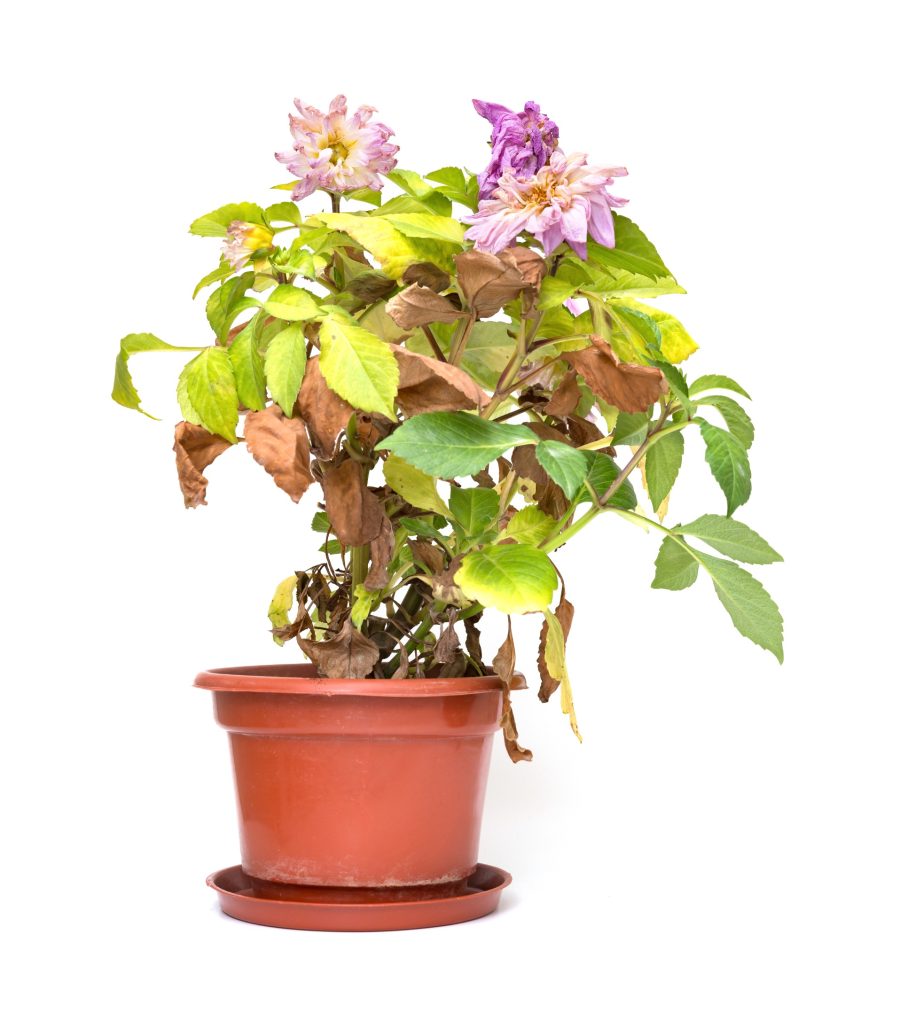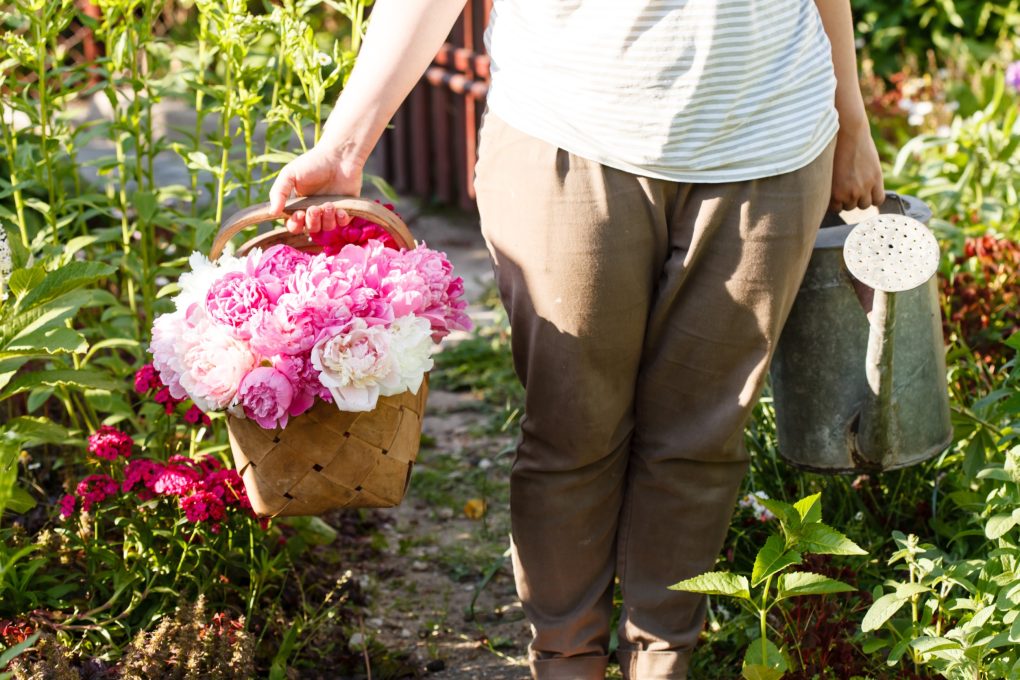Why Did My Peony Buds Dry Up? How to Save Peony Buds?
Your peony buds may have dried up because of several reasons. One possibility is that you may need to give them more water. Another case is that the weather has been too dry and hot, which can cause foliage to dry out. Finally, pests or diseases can also damage peony foliage, affecting its ability to photosynthesize and produce flowers. If you notice any symptoms, such as yellowing or wilting in your peonies, it’s important to take action soon and give them the hydration they need to revive their buds.
Table of Contents
Diagnosing Peony Bud Blast

Peony bud blast is a term used to describe the sudden death of peony buds. Common symptoms of peony bud blast include wilting, dark brown to black spots on the leaves, and, eventually, death of the buds. There is currently no cure for peony bud blast, but there are treatments that can help prevent or slow down its progression. If you notice any of the following symptoms, it is essential to take action immediately. If you want to save your peony buds, the best option is to water them regularly and protect them from dry weather. If you notice any signs of damage or disease, it is essential to treat your plants quickly.
If you notice any of the following symptoms, it is crucial to take action immediately:
- Wilting – Leaves will lose their vitality and fall off the plant.
- Spots on leaves – Brown or black spots that may become infected.
- Death of buds – If peony buds are wilted or have spots, they are likely deceased and need to be removed from your garden
Causes of Peony Bud Failure
Weather Condition
Various factors, including weather conditions, can cause peony bud failure. If the weather is too dry or hot, peony foliage will likely become damaged and unable to photosynthesize properly. This will lead to flower bud decline and eventual peony bud blast.
Watering
You must give your peonies enough water to help them stay healthy and full-grown. If you are not watering them regularly, their leaves may wilt or turn yellow due to lack of moisture. Additionally, over-watering can cause plant stress, resulting in peony bud failure.
Plant Condition
Other factors contributing to peony bud blast include plant disease and poor nutrition. If your peonies are suffering from any of these issues, getting them treated as soon as possible is essential so they can recover properly.
Diseases
Botrytis blight, a fungus infection, affects peonies frequently. Browning and failure to open flower buds are possible symptoms of the illness. Purple-black spots could be seen on the stems and leaves. Remove infected buds or leaves as soon as they appear. This illness is often manageable with a bit of autumn cleaning and the help of nature.
Poor Soil Condition

Peony buds require well-drained, fertile soil in which to grow. If the soil is adequately prepared and filled with excessive amounts of clay, metal, rocks, or other pollutants, peony buds will be able to thrive and will eventually fail.
Inadequate Water Availability
A lack of water can prevent the roots from absorbing nutrients and moisture, leading to peony bud failure.
Fertilizer Problems
Over-applicating fertilizers or incorrect dosage can damage the plant’s root system and cause peony bud failure.
Cold Temperatures
Cold temperatures can damage flowers, especially if they are kept indoors during the winter. Protect them by keeping the temperature in the range where they are expected to grow best and by shielding them from cold weather when possible.
How to Prevent Problems with Peonies
Peonies are one of the most popular spring plants. They are easy to grow, colorful, and perform well in most soils. However, peonies require regular care to stay healthy and have vibrant foliage.
Watering
Watering peonies is vital, as too much water can lead to leaf curling and drooping. You must follow proper watering procedures to ensure peonies get adequate water. Rotate your plants so that every part of the plant gets enough water. This will help prevent peonies from becoming bogged down or root-bound. Check the soil surface for wet spots or deep puddles, and ensure that your peonies get enough water through regular watering. Keep the soil clean and damp by watering regularly and keeping it well-watered during periods of drought.

Remove Dead Parts
Also, remove any dead leaves or branches from peonies, as they can become a point of injury during hot weather. Finally, do not water peonies on windy days, as this may cause leaves to droop and wilt. As with all plants, keeping your garden clean and free of debris will help reduce the amount of moisture lost through the soil.
Provide Well-Drained Soil
Ensure the soil is well-drained and free of clay or other heavy soils that could compact and cause problems with water uptake. Choose a well-drained location for your peonies, as wet soils will cause more problems than dry soils.
Provide Adequate and Needed Nutrition
Avoid over-fertilizing peonies, as this will only lead to problems. Instead, please give them a balanced fertilizer that includes nitrogen and phosphorus. These nutrients are necessary for healthy plant growth and flower production. Be sure to water your plants regularly while feeding them with fertilizer, so they do not get too much or too little water. Fertilize your peonies regularly with a balanced fertilizer designed for peony plants to help ensure good growth and blooming. Pruning
Protect Your Peonies From Frost Damage
Cover your peonies with a layer of mulch in the winter to protect them from frost damage. This will help keep the soil frozen and reduce the chance of buds or flowers being damaged by cold weather.
Keep On Track of Your Peonies’ Health
Avoid injuring peonies by keeping foliage and branches trimmed back to a healthy size, removing dead leaves and branches, and watering correctly. Rotate your plants to ensure that every part of the plant receives enough water. This will help prevent peonies from becoming bogged down or root-bound. Check the soil surface for wet spots or deep puddles, and ensure that your peonies get enough water through regular watering. Keep the soil clean and damp by watering regularly and keeping it well-watered during periods of drought.
